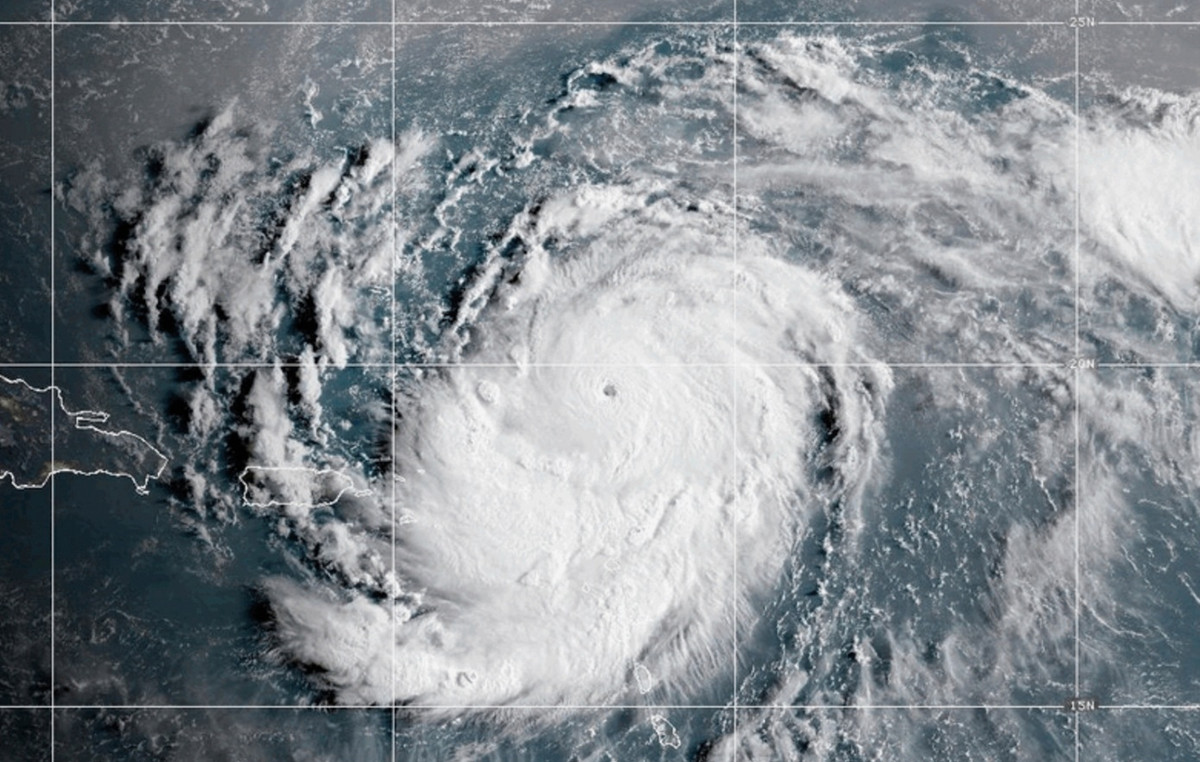The grape growers in Rio Grande do Sul ended the harvest, as the fruit harvest is called, which takes place from January to March. The state is the largest producer, responsible for half of the Brazilian production.
According to the Institute of Technical Assistance and Rural Extension, Emater-RS, the severe drought that hit the gaucho territory caused a 15% drop in the 2022 harvest, compared to the average of previous years.
However, the reduction is even greater compared to 2021, when there was a record in fruit volume: 23.4%
Aurora winery, responsible for the largest share of Rio Grande do Sul production, around 12%, had an even greater reduction in volume: 27% compared to last year.
However, when it comes to grapes, quantity does not mean quality. Aurora winemaker Flavio Zilio considered the glucometric degree to be excellent, which measures the amount of sugar in the grape. According to him, all the red and white varieties showed an excellent level of maturation.
“It would be unfair to cite one or another variety as a highlight, since the quality of all of them was presented in a very positive way. In reds, I highlight the phenolic maturation that will allow the extraction of tannins at a very good level for the elaboration of great wines”, he added.
The specialist highlights the occurrence of two excellent quality crops in the same decade. In 2020, the grape harvest in the state was considered the harvest of crops.
At the Miolo winery, the highlights were the Chardonnay and Pinot Noir varieties, which are already being used for sparkling base wines. Among the reds, Merlot and Cabernet Sauvignon also attract attention.
The company ended the harvest in Rio Grande do Sul with a volume of 700,000 kilos of the fruit, but the harvest continues in April, in the vineyards of Vale do São Francisco, in Bahia.
The optimism about the quality of the grape is of the whole sector. According to a survey by Miolo, the winter of the 2022 crop had 343 hours of cold, with a temperature equal to or less than 7.2°C, enough to achieve uniform sprouting of the vines.
Time was an ally. Spring favored the flowering of plants, with mild temperatures and the beginning of the La Niña phenomena, which impacted the summer. The hottest season of the year was marked by a severe drought.
The hottest and driest days allowed for the uniform maturation of the grapes. Ideal combinations for wine making. Rio Grande do Sul accounts for 50% of the beverage production in the country.
wine tourism
The harvest season is also a time of greater demand by tourists for tours in wineries. At Aurora Winery, the flow of visitors returned to pre-pandemic levels, surpassing the numbers of 2019.
There were 44,800 tourists at the brand’s three units (Matriz, in the center of Bento Gonçalves, Vale dos Vinhedos, in the interior of the city, and in Pinto Bandeira).
Source: CNN Brasil
I am Sophia william, author of World Stock Market. I have a degree in journalism from the University of Missouri and I have worked as a reporter for several news websites. I have a passion for writing and informing people about the latest news and events happening in the world. I strive to be accurate and unbiased in my reporting, and I hope to provide readers with valuable information that they can use to make informed decisions.







